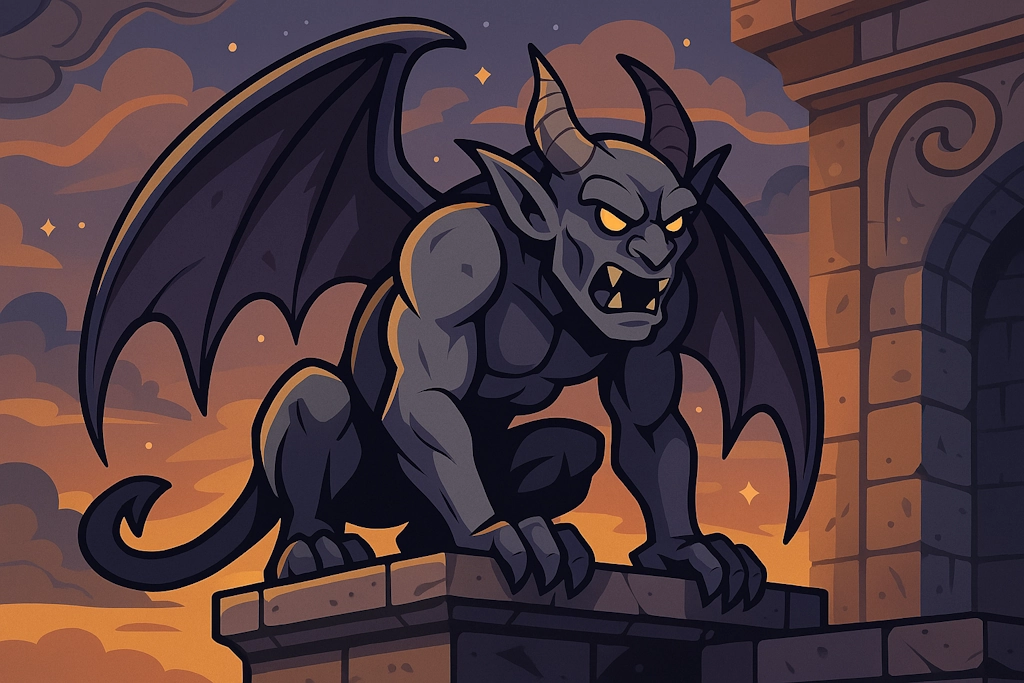♀️Gargoyles Names(Female)
Generate names for stone guardians that come to life to protect sacred places.
Choose your style:

Gargoyles Names
Generate names for stone guardians that come to life to protect sacred places.
Example Gargoyles Names
Get inspired by these sample results
- Agrona the Stormbearer
- Thanatos the Shadowbearer
- Medusa the Nightbearer
- Atlas the Dreadbearer
- Persephone the Thornbearer
- Goliath the Stonebearer
- Calypso the Furybearer
- Erebus the Wraithbearer
- Nyx the Gloombearer
- Hyperion the Bladebearer

